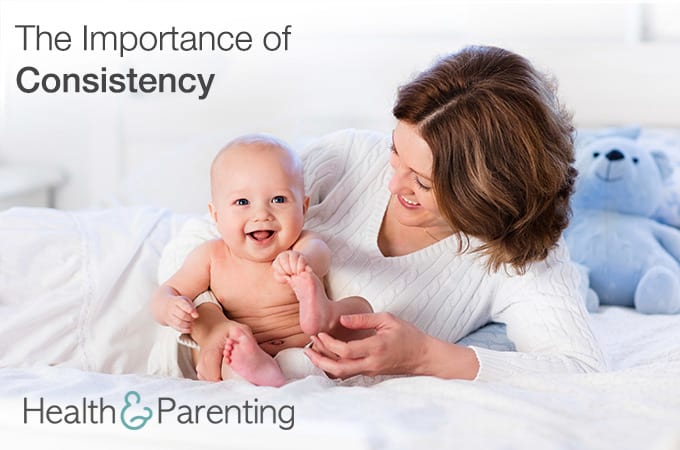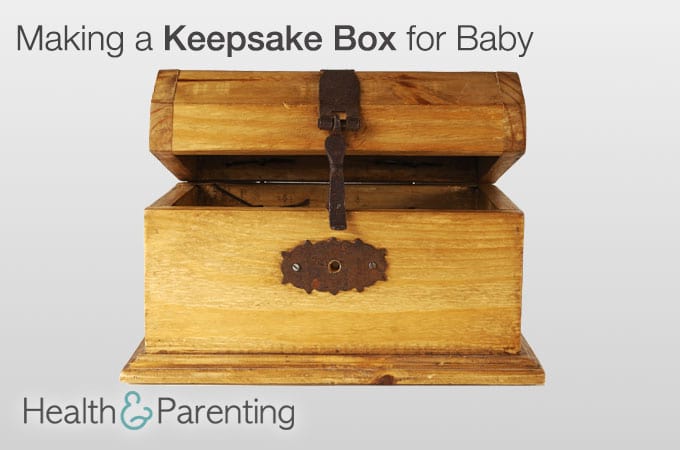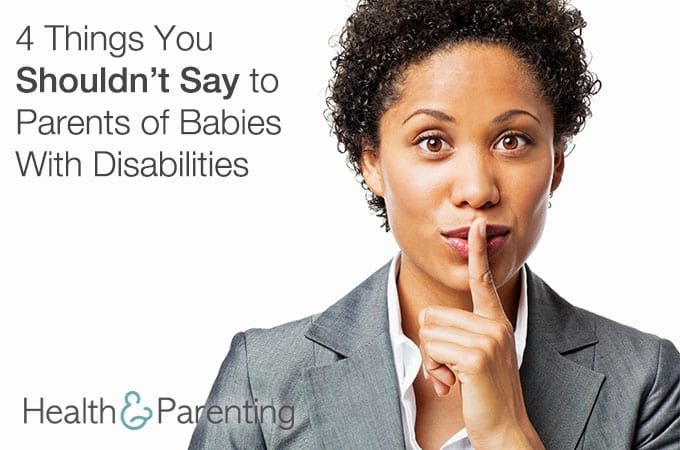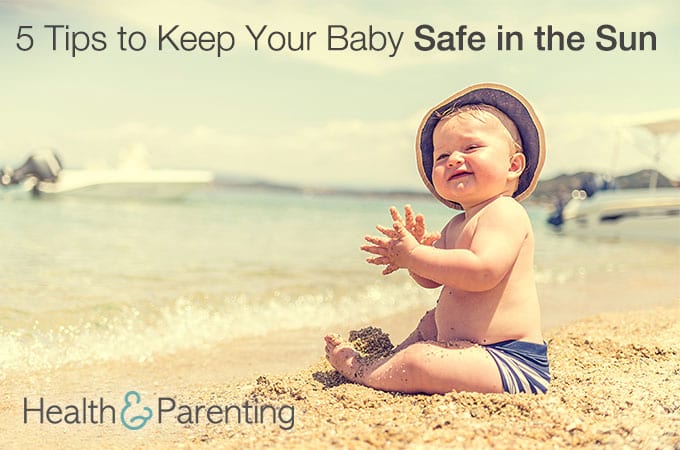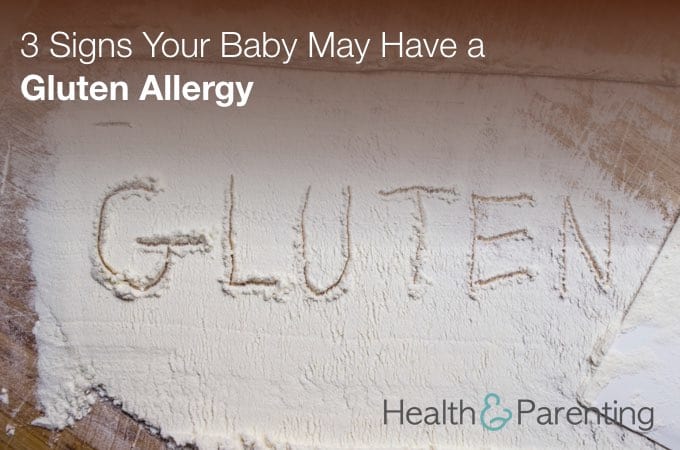Babies and young children thrive when they are in routines and know what to expect. It doesn’t have to be a strict routine with scheduled nap times and snack breaks but a simple pattern to each day will help your child to relax. It may seem a little too early to be talking about the importance of consistency, but even babies can benefit from knowing what to expect. Here are a few things to consider about the importance of consistency:
- Boundaries
Setting consistent, firm and clear boundaries is one of your most important jobs as a mom. Boundaries help your child to stay safe and behave appropriately. They also help her to feel safe. A child without clear boundaries may feel stressed because they simply do not understand what is expected of them. You don’t have to shout or use threats to set boundaries. A simple explanation as to why something is not allowed will suffice. Be consistent with your boundaries. If your baby isn’t allowed to crawl over to the fire, make sure you are always consistent with this message, even when the fire isn’t on.
- Discipline
However you choose to discipline your child, it’s important that you are consistent. If you react calmly one minute and then lose your head the next, this can be very scary for young children. Remember, you don’t need over the top reactions to get your child to listen, in fact sometimes, a gentler approach can be the most successful.
- Routine
As mentioned above, children thrive thanks to a routine. Make sure you eat lunch at around a similar time each day and try to encourage a routine bedtime. This allows your child to anticipate what will happen next and can lead to your child feeling less anxious throughout the day.
- Flexibility
Routines don’t have to be rigid. Just because your baby is usually in bed by 7pm, it doesn’t mean she has to miss out on bonfire night. It’s ok to bend the rules occasionally. You can explain to your baby why things are a little different today. Babies benefit from new experiences so flexibility is important.
- Caregivers
Your baby doesn’t need all of her caregivers to be identical, but she would benefit from some consistency. If you take a gentle approach to parenting, it makes sense to choose a childcare provider who follows the same basic principles. Of course, you and your partner won’t parent identically, but if you agree on the basics, then that’s important because it will allow your child to have consistent care.
Written by Fiona (@Fiona_Peacock), mother, writer and lover of all things baby related.
This information is not intended to replace the advice of a trained medical doctor. Health & Parenting Ltd disclaims any liability for the decisions you make based on this information, which is provided to you on a general information basis only and not as a substitute for personalized medical advice. All contents copyright © Health & Parenting Ltd 2016. All rights reserved.

